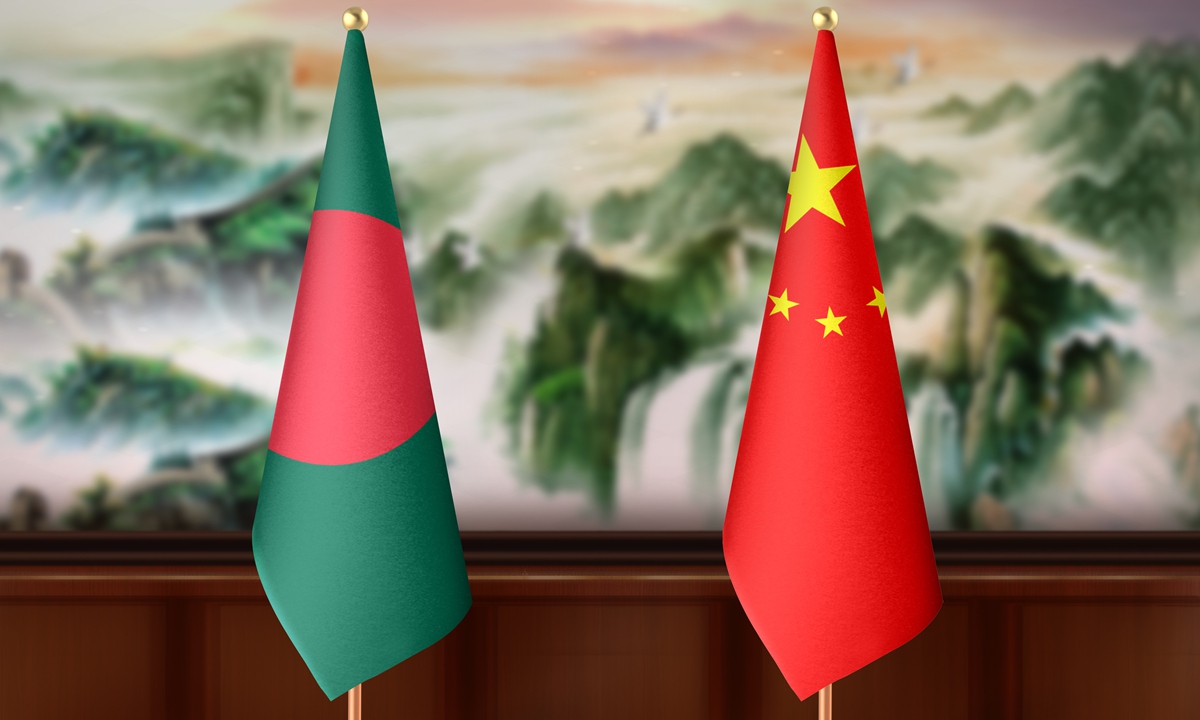11/20/2025

Awaiting access to China’s export market
Special Correspondent | Published: 2025-10-28 13:31:35

China’s vast market of more than 1.4 billion consumers is now fully accessible to Bangladesh, with nearly all Bangladeshi goods enjoying duty-free entry — a landmark gesture from Beijing.
However, despite this historic opening, Bangladesh has yet to seize the opportunity. As experts put it, the advantage exists “in theory, not in practice.”
Over the past decade, bilateral trade between Bangladesh and the world’s second-largest economy has tripled, but the growth has been overwhelmingly import-driven.
Bangladesh’s exports to China have yet to cross $1 billion, while imports have surged, pushing the trade deficit to $20.44 billion—more than one-third of the country’s total deficit.
Growing trade gap despite duty-free access
To help narrow this imbalance, China began extending duty-free treatment to Bangladeshi goods in stages:
In 2020, 97% of Bangladeshi exports received duty-free access.
In 2022, the coverage rose to 98%, including leather and leather goods.
In 2023, another 383 items were added.
Since December 2023, Bangladesh has enjoyed 100% duty-free access as a Least Developed Country (LDC)—a privilege extended until 2028.
However, Bangladesh has struggled to capitalize on this advantage.
The question now is: why isn’t the door to opportunity opening, despite such access to the world’s largest import market? Is the problem rooted in limited capacity, lack of product diversity, or strategic missteps?
Limited capacity and weak product diversification
Business leaders and analysts point to production constraints, narrow export baskets, and poor market preparedness as key reasons.
Al Mamun Mridha, former secretary-general of the Bangladesh China Chamber of Commerce and Industry (BCCCI), notes that Bangladeshi exports to China are too limited in scope.
Competing in textiles, garments, and pharmaceuticals—China’s strongest industries—is nearly impossible, he said.
Bangladesh’s infrastructure, logistics, and backward linkage industries remain far behind China’s.
Dr. Mashrur Riaz, chairman of the Policy Exchange of Bangladesh, explains that China’s self-sufficiency in garments and its focus on high-value imports mean Bangladesh’s current export basket doesn’t match Chinese demand.
Even where opportunities exist, he added, production hasn’t expanded enough to meet market potential.
Emerging opportunities beyond garments
Experts identify several promising sectors for diversification: leather and leather goods, footwear, jute and jute products, plastics, ceramics, pharmaceuticals, crabs and shrimps, processed foods, sesame, mangoes, jackfruit, and IT services.
Bangladesh is already exporting crabs and shrimps to China, while Beijing has recently shown interest in importing Bangladeshi mangoes and jackfruit.
As Mridha notes, leather, frozen fish, and jute products could attract export-oriented investment if production standards are upgraded to meet Chinese quality requirements.
Frozen seafood: a niche but promising market
According to Tarikul Islam Zahir, senior vice-president of the Bangladesh Frozen Foods Exporters Association, limited exports of frozen shrimp and crabs from Khulna already reach China.
But exporters face high interest rates (15–16%), rising costs, and banking challenges. He urges policy support and reduced export costs to help businesses access alternative markets.
Food products show high potential
Elias Mridha, managing director of PRAN Group, says Bangladeshi food products like biscuits, juices, and confectionery have strong prospects in China. Transport costs could be reduced because containers bringing Chinese goods to Bangladesh often return empty, making reverse logistics cheaper.
However, he emphasizes the need for market-oriented product development and attractive packaging that match Chinese consumer preferences.
The need for strategy and market positioning
Mohiuddin Rubel, additional managing director of Denim Expert Ltd., argues that to reduce the massive deficit, Bangladesh must focus on medium- and high-end products instead of low-end segments dominated by Chinese producers.
He notes that Vietnam enjoys greater competitiveness in China’s market, highlighting Bangladesh’s lack of branding and marketing experience in East Asia.
Non-tariff barriers and the case for an FTA
Bangladeshi exporters also face non-tariff barriers, including China’s strict certification standards, complex clearance procedures, and language issues. Moreover, under the Rules of Origin, at least 40% of a product’s value must be added in Bangladesh to qualify for duty-free access—a major challenge for many industries.
To address these hurdles, both nations are now moving toward a Free Trade Agreement (FTA). Feasibility studies have already been exchanged.
BCCCI president Khorshed Alam believes that such an agreement could help balance bilateral trade if product diversity expands.
However, economist Dr. Mostafizur Rahman of the Centre for Policy Dialogue (CPD) cautions that an FTA is a “double-edged sword.” While it may boost exports, it could also flood Bangladesh’s domestic market with Chinese products, threatening local industries. Safeguards must be ensured before signing, he said.
The way forward
According to Mohammad Hasan Arif, vice-chairman of the Export Promotion Bureau (EPB), Bangladesh aims to secure better access to China by strengthening exporters’ competitiveness.
He stresses that Bangladesh’s production costs remain low, and policy support for industrial expansion could yield significant export growth.
Experts agree that Bangladesh must adopt a comprehensive, long-term export strategy to tap into the Chinese market—focusing on non-traditional products, enhanced branding, diplomatic engagement, and careful FTA negotiations to safeguard national interests.
Economist Mashrur Riaz adds that attracting China-oriented export investment to Bangladesh could accelerate integration into Chinese supply chains and boost exports.
“We must now focus on new, unconventional products and build the capacity to utilize market access opportunities effectively,” he concludes.
Editor & Publisher : Md. Motiur Rahman
Pritam-Zaman Tower, Level 03, Suite No: 401/A, 37/2 Bir Protik Gazi Dastagir Road, Purana Palton, Dhaka-1000
Cell : (+88) 01706 666 716, (+88) 01711 145 898, Phone: +88 02-41051180-81